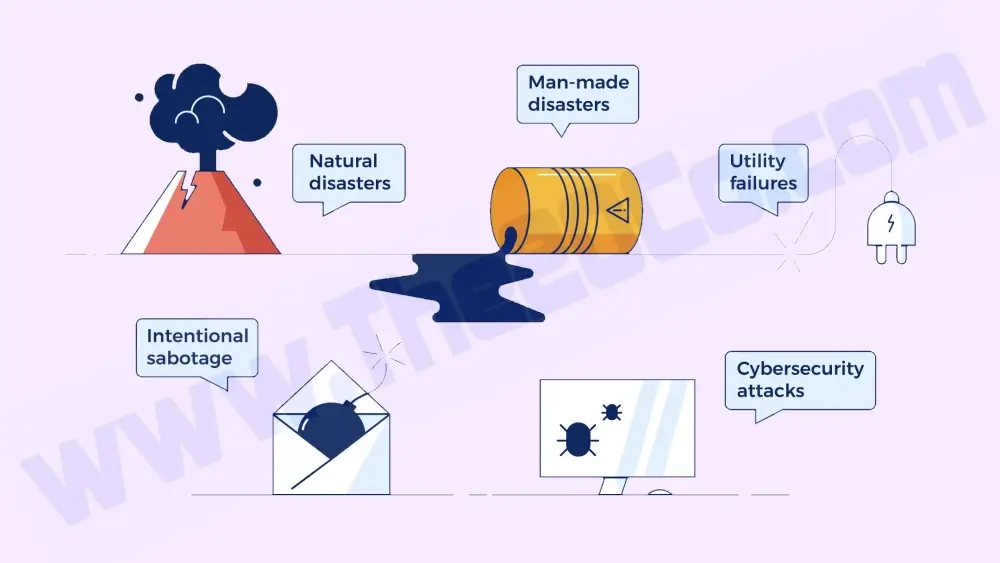According to data from the U.S. power tracking website PowerOutage, there were power outages in many states in the central and eastern U.S. as of 10:57 EST on June 14, with 326,000 people without power in Ohio and 326,000 in Indiana. There are 36,000 users in West Virginia, 31,000 in Michigan, and 12,000 in Illinois. More than 400,000 households have yet to have power restored.
The power grid of Texas in the United States was overwhelmed by a sharp increase in heating demand during the winter cold wave in February last year and February this year, resulting in large-scale power outages. And the power outage is likely to reoccur in other areas this summer. More than 125 million people in the central United States are currently under high-temperature warnings, implying that more than one-third of Americans are experiencing abnormally high temperatures, and local power stress has also increased abruptly.
According to a Reuters report on June 6, the United States’ power department predicted that as the country experienced record heat and drought this summer, demand for electricity would surge, forcing multiple regions to rotate blackouts. Several Texas power plants were shut down due to failures during a heat wave in mid-May, and the power sector experienced transmission congestion when allocating power. As a result, real-time electricity prices for some customers skyrocketed to more than $4,000 per megawatt-hour, nearly 70 times the usual rate.
The power supply in the United States is understood to be insufficient, on the one hand, due to the massive shutdown of coal-fired and nuclear power plants in various locations over the last year, and on the other hand, extreme weather such as record high temperatures and drought this year has added to the pressure on the power supply. Furthermore, there are seasonal factors such as low wind output in the central United States during the summer, which limits the supply of wind power.
Other parts of the world, in addition to the United States, are experiencing power outages.
According to the Australian Energy Market Operator (AEMO), Australia is currently experiencing power shortages, with power outages expected in five Australian states in mid-June, including New South Wales, Victoria, Queensland, and South Australia. According to the data, Australia currently has four electrolytic aluminum plants operating with a total capacity of 1.72 million tonnes per year, located in Queensland, New South Wales, Victoria, and Tasmania, all of which are vulnerable to power outages. It is understood that residential electricity is currently used, but if the tensions rise further, the industry will be jeopardized.
In today’s Internet economy, most businesses deploy online businesses using infrastructures such as servers, hosts, and cloud servers. It is critical for a business to develop and implement a disaster recovery plan in order to maintain stable and continuous operations. Businesses lose $926 to $17,244 per minute of downtime on average. Power outages, brownouts, and spikes account for 35% of unplanned downtime and can result in physical damage to server hardware, resulting in data loss or corruption.
Network attacks, hardware damage, system paralysis, and database deletion by internal employees have become common since the advent of the information age. Natural disasters such as floods and earthquakes have rendered data centers inoperable, and data loss has occurred on occasion. Disaster recovery has evolved into a technical indicator of a company’s ability to combat risks. Whether it is a natural or man-made disaster, there will be risks such as data failure, loss, and damage as long as there is a place for data transmission, storage, and exchange. It will cause incalculable losses to the data center, and disaster recovery is a critical guarantee for business data security. The disaster recovery system is more concerned with business continuity. Enterprises must select disaster recovery or backup based on their specific business requirements and characteristics.

